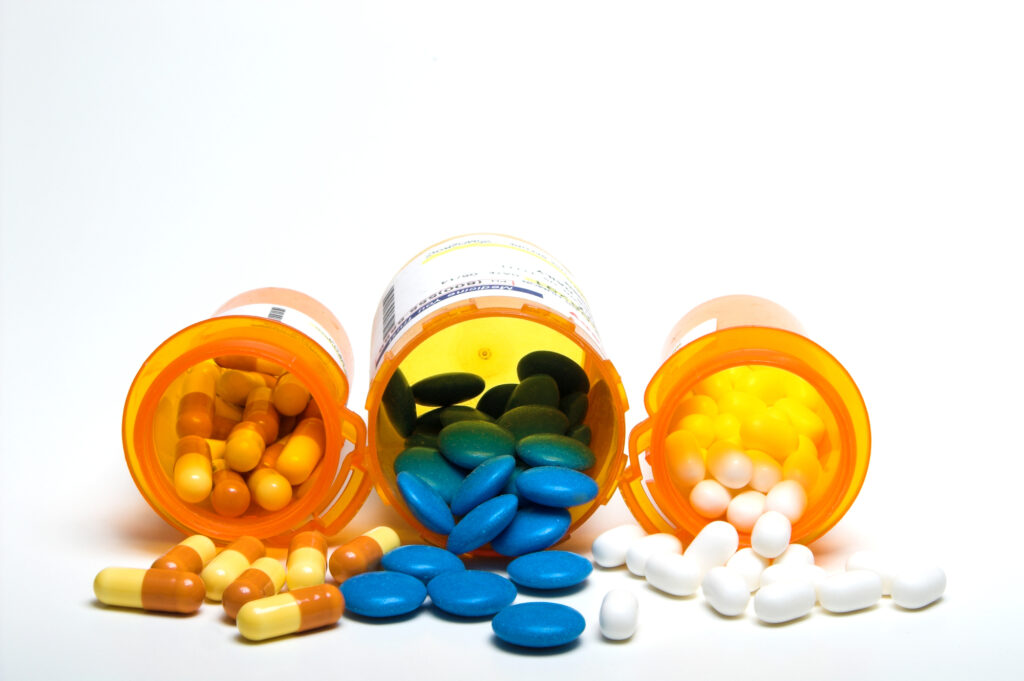
Inter-operability among systems in healthcare offers great hope for the exchange of patient information, ensuring clinicians are acting on the most up to date information possible and offering a double check for safety. Technology has become so central to a functional clinical environment that it powers pharmacy systems, saving time by performing critical checks. This technology has become so entrenched in the hospital that there are alerts and checks at almost every point of the medication transaction, from the time of order right through to administration.
How much can technology help patient safety? According to the NIH computerized physician order entry has reduced serious medication errors by 55%. Patient wrist band scanning is associated with a 51% decrease in adverse drug events at the time of administration. All of these systems, from prescribing to administration require connections to function properly.
The systems are there as a double check for patient safety, in a busy patient care environment mistakes can happen due to quick glances at labels or errors in manual dose calculations. No clinician wants to harm their patient, and we’ve come rely on these systems to make sure we haven’t missed anything. What happens when these systems are bypassed? Most of the time nothing happens, most errors may result in administration at the wrong time, or a dose that is not therapeutic. However there are times when a medication error can cause harm, at the most extreme death from an adverse drug event.
Why would any clinician bypass these safety systems? Emergencies are one area where automated safety checks are bypassed and manual checks are the norm. The other is when connections are down. If allergies aren’t updated in a pharmacy system from the EHR, an interaction may be missed. If medications aren’t updated from the pharmacy to the EHR, doses may be missed or medications over-ridden in the dispensing system.
Who monitors these connections to ensure they are operating? Most often, nobody. They are assumed to be working until someone reports a problem, because most of the time they do work.
Picture a busy unit in a hospital and let’s consider a broken connection between pharmacy and the medication cabinet.
-
- Physician enters the order in the EHR, it is sent to and received by the pharmacy system.
-
- Pharmacy reviews and approves the medication to be removed from the cabinet.
-
- Nurse sees the order, 30 minutes later goes to the cabinet, does not see the medication on the patient’s list, and overrides it to give to the patient because they need it (safety concern).
-
- The nurse double checks the patient, medication, dose, route, allergies to confirm the medication is appropriate, does not check interactions because they are in a rush and the patient is only on a few meds. (safety concern).
-
- Nurse administers the medication, but has to override the bar code scan because the approval was not received from pharmacy (safety concern).
-
- The nurse assumes pharmacy is just slow and goes on with their day.
In this instance, there is no error and no harm, everything went as expected despite the nurse missing the check for interactions. Will that be the same for the next nurse administering the next medication? It may not be several hours until the nurses realize that no new medications are being approved from pharmacy, at which point someone will call pharmacy, who will call the IT help desk. This will begin a chain of tickets to IT specialists and vendors to start checking pharmacy feeds. Several hours and countless medication administrations after the feed went down.
This isn’t a made up scenario, it occurs countless times in hospitals all over the country. Hospitals rely on physicians, pharmacists, nurses and others to manually check when systems go down. But if nobody realizes the system is down, some checks might get missed. This poses a safety concern for patients and removes critical check for busy staff who rely upon it. It could take an entire shift for a nurse, doctor, and pharmacist to manually check every medication for a single critical patient.
What if these systems could be automatically monitored and IT teams notified immediately if a feed was interrupted? Staff that rely on safety check in systems can rest assured that they are working, that the system is operating as intended. If there is a problem, they can be quickly notified and make sure they are following processes meant to ensure safety when systems cannot.
Tido provides automated end to end monitoring solutions, that will automatically alert your teams when there is a disruption.